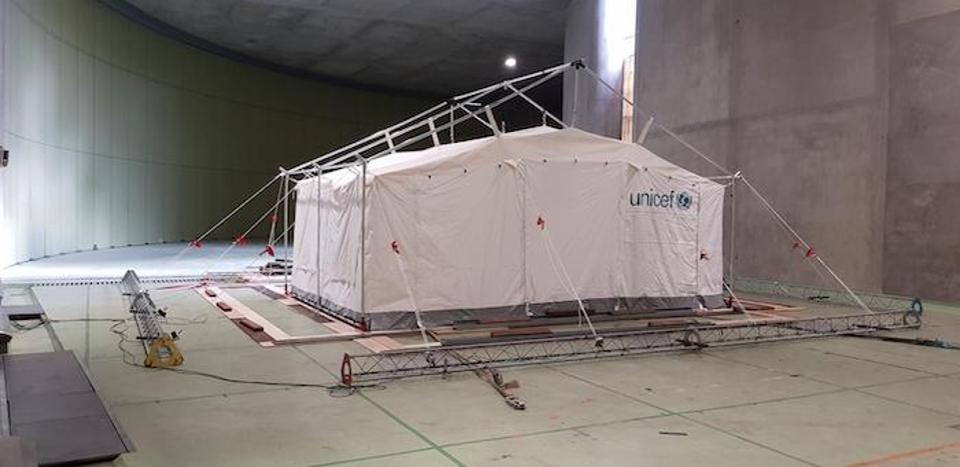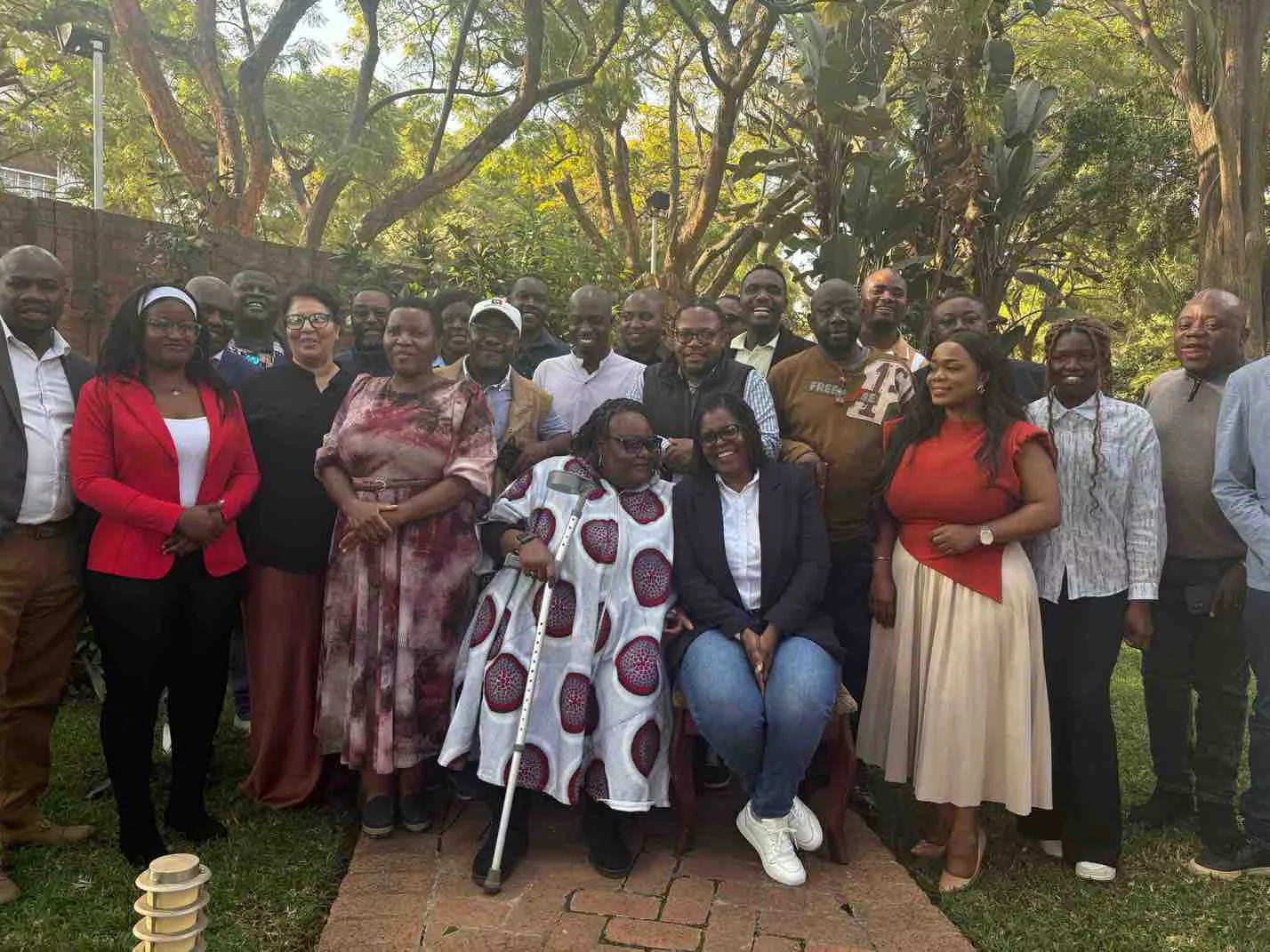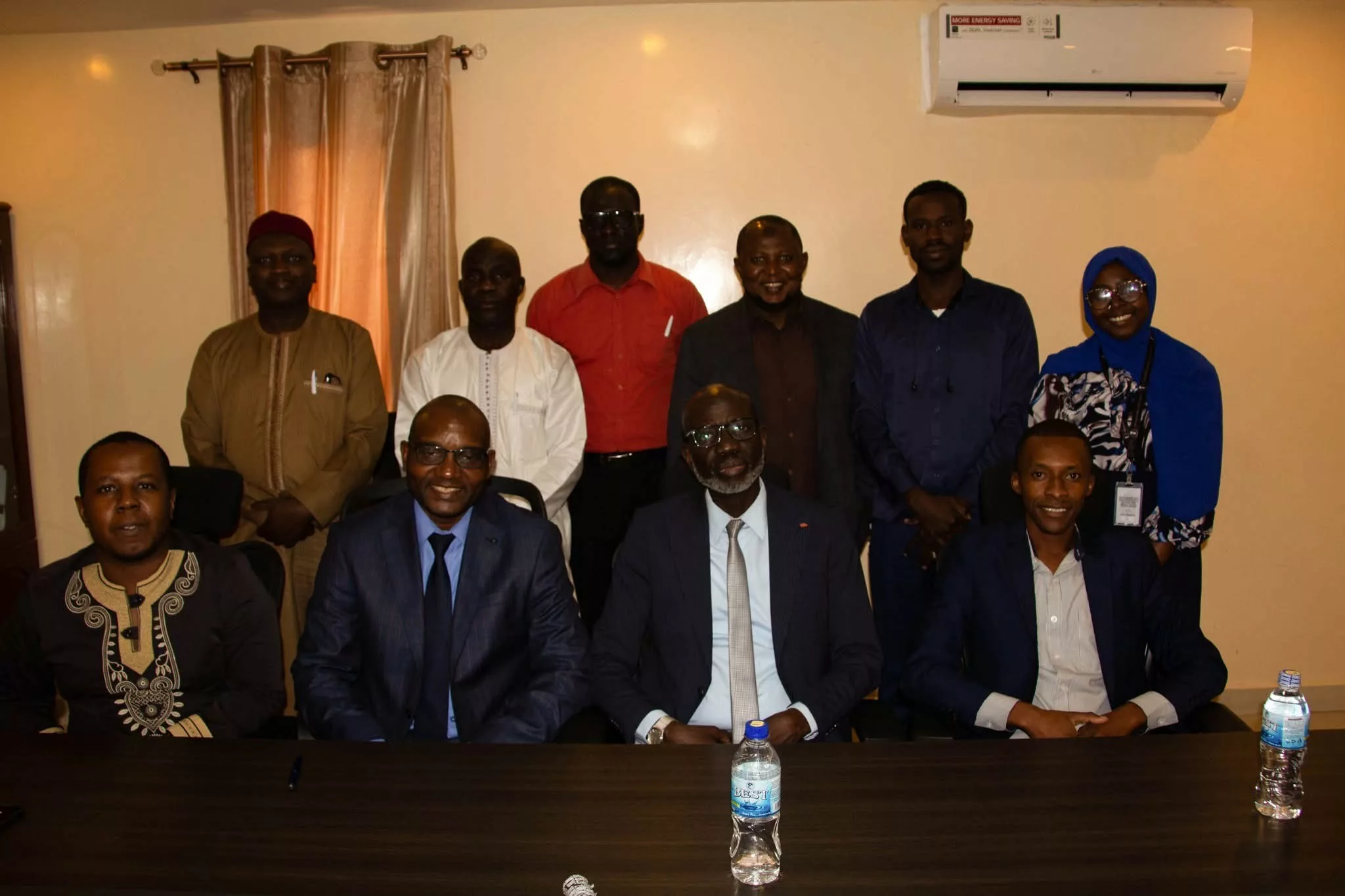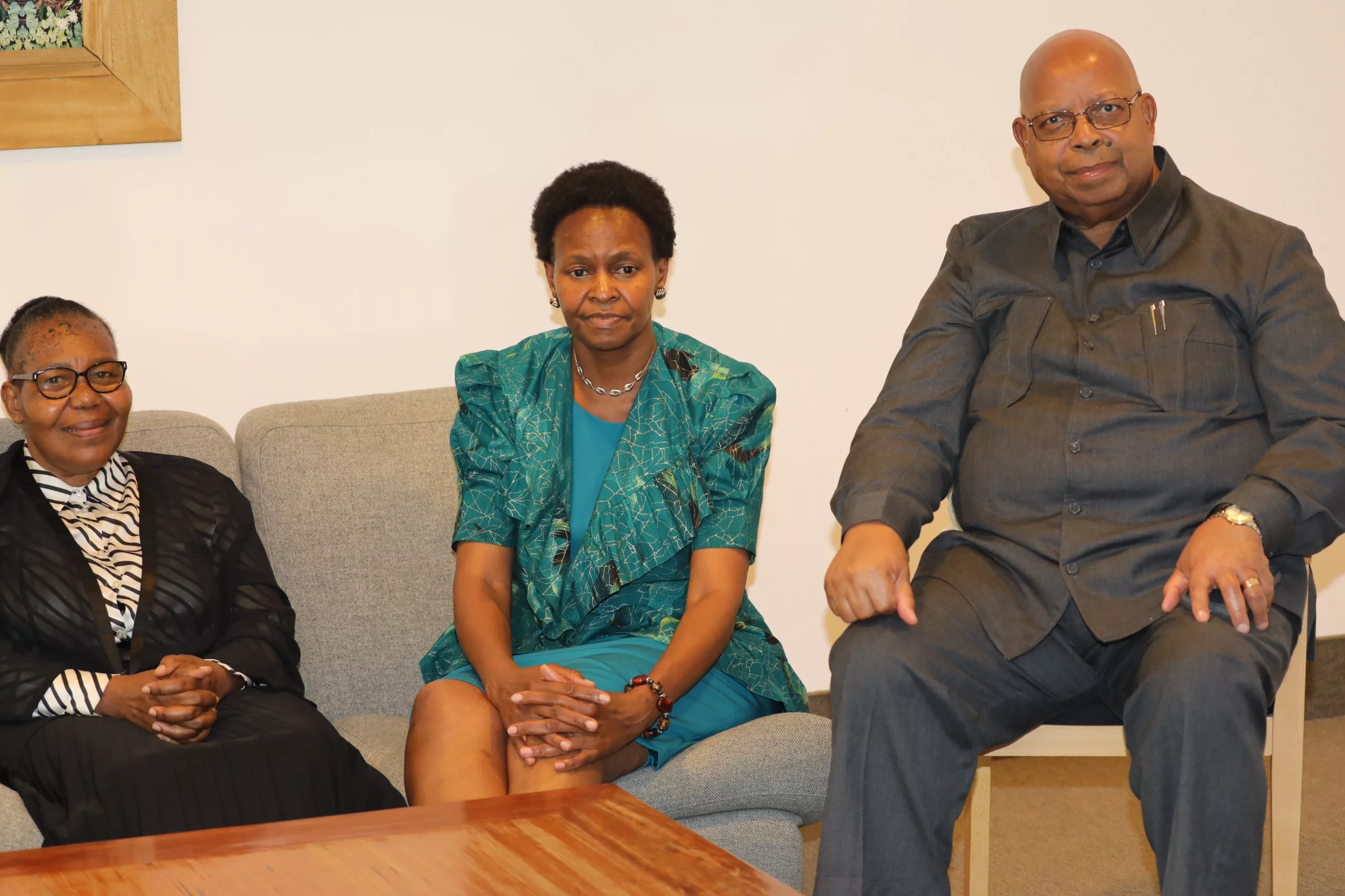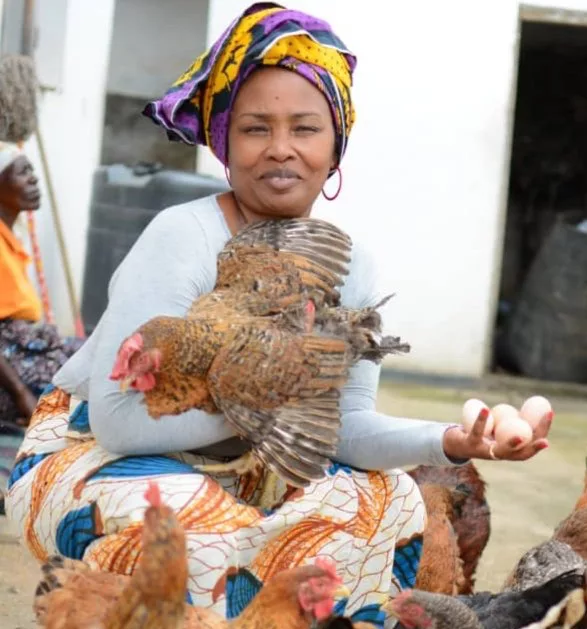For children caught in humanitarian emergencies, a UNICEF tent can be a beacon of hope, a pop-up school and a safe place to play. It’s where kids can get back to learning and regain a sense of normalcy when their lives have been turned upside-down by conflict or natural disasters. Among the first supplies shipped after an emergency hits, UNICEF tents become temporary health clinics, nutrition centers, supply distribution points and more.
“I like playing in the tent,” said 5-year-old Sittie in Cotabato, the Philippines, where families displaced by typhoons are living in temporary camps. Amparo’s new classroom is a spacious, comfortable UNICEF tent decorated with colorful learning materials and children’s artwork. The tent is one of a group of prototypes tested by UNICEF as part of a creative collaboration with the private sector.
Global climate change and protracted emergencies call for new solutions
Between 2013 and 2018, UNICEF procured on average 4,650 multipurpose tents per year at an annual average total cost of $6.6 million. “The current humanitarian tents have served us well for many years,” said Etleva Kadilla, director of UNICEF supply division in Copenhagen. “But global climate change and new emergency contexts have been calling for improvements. There have been challenges when the tents face extreme weather — such as collapsing from strong winds and rain, or a poor internal environment when it becomes too hot or too cold.”
To build a better product, the UNICEF team came up with a list of 1,000 requirements. The new tents had to withstand extreme temperatures, with vertical walls to fit more people and windows designed for better air quality and ventilation. They needed to be comfortable, durable, easy-to-assemble, wind-resistant at up to 80 kilometers per hour, transportable, repackable and reusable.
The UNICEF team developed a Target Product Profile, then met with industry partners to discuss their specifications. Using a competitive trial-and-error approach, manufacturers developed fit-for-purpose prototypes that were tested in labs. A “Jules Verne Climactic Wind Tunnel” in France simulated hurricane-level winds and below-freezing temperatures to assess durability, thermal performance and ventilation.
A wind tunnel in France simulated hurricane-level winds and below-freezing temperatures to assess performance
Next came field trials to evaluate performance in emergency contexts in a range of climates: Afghanistan (for cold), Uganda (for hot/dry) and the Philippines (for wet/humid).
The result? State-of-the-art tents adaptable to many situations, with a new anchoring system, three-layered windows (mosquito net, transparent sheet and full cover) for lighting, protection and ventilation and a built-in shade to control temperatures inside the tent.
Additional features include solar and electrical kits for illumination and safety at night, winter liners for cold climates, hard flooring that’s safer and easier to clean for tents providing health services, and inner liners to create a more intimate feeling for classrooms and play spaces.
Field knowledge + industry expertise = the best possible product innovation
“This project has made a great impact on the innovation process at UNICEF,” said Fayaz King, UNICEF deputy executive director, field results and innovation. “Product innovation is successful only when we bridge the innovation capacity of industry with field knowledge. UNICEF’s global status, both in procurement and programming, allows us to drive industry to develop the best of the best products for children at an affordable price for programming.”
UNICEF is phasing in the high-performance tents in 2020 to improve humanitarian responses worldwide, so that all children living through crisis can receive the emergency services they need. The new add-on features come at an additional price, so UNICEF is seeking $500,000 to equip the new tents for upcoming emergencies.


